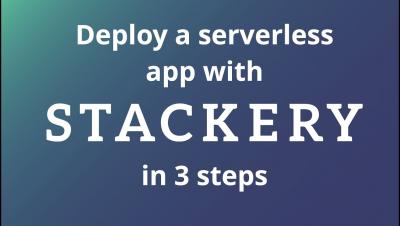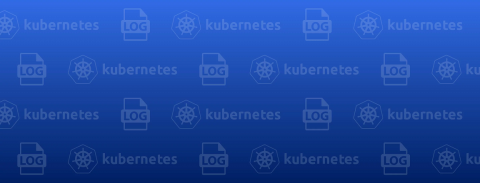Operations | Monitoring | ITSM | DevOps | Cloud
DevOps
The latest News and Information on DevOps, CI/CD, Automation and related technologies.
Deploy a serverless app in 3 steps
Best Practices in Handling the Application Insights Custom Events
Crafting Kubernetes Custom Controllers With Angela Chin
Gremlin User Newsletter: AWS App2Container, an update to the WAF, and what's new in Gremlin
As systems become increasingly complex, we’ve seen the growth of engineering tools to abstract away and manage the complexity. But often our tools are “opinionated” and the default actions or settings may not align with how our systems are intended to work or how we think they work. Chaos Engineering is a good way to not only test your applications, but also the tools you use to build them.
Ensuring reliability when modernizing financial applications
For decades, information technology in the financial services industry meant deploying bulky applications onto monolithic systems like mainframes. These systems have a proven track record of reliability, but don’t offer the flexibility and scalability of more modern architectures such as microservices and cloud computing. During periods of unexpectedly high demand, this inflexibility can cause technical issues for organizations ranging from personal trading platforms to major banks.
SUSE Acquires Rancher Labs: Is the Cloud Native Promise Under Threat from Consolidation?
When SUSE, the world’s largest independent open source company, announced its acquisition of Rancher Labs in early July 2020, the industry took notice. Clearly, the Kubernetes management industry is very much alive. But, the merger also raised the question of what this means for users? After all, a key value proposition of cloud native technologies, like SUSE, is that they are modular, interoperable, and flexible.
Canonical launches enhanced GSI partner programme, bringing scalability and automation to modernise enterprise IT deployments
15 July 2020: Canonical, the publisher of Ubuntu, today announces the launch of its enhanced Global System Integrator (GSI) Programme. Alongside new partnership benefits, it includes resell and integration opportunities for the entirety of Canonical’s secure, open source portfolio for the data centre, multi-cloud, edge and IoT.
Kubernetes Log Management: The Basics
Log messages help us to understand data flow through applications, as well as spot when and where errors are occurring. There are a lot of resources for how to store and view logs for applications running on traditional services, but Kubernetes breaks the existing model by running many applications per server and abstracting away most of the maintenance for your applications. In this blog post, we focus on log management for applications running in Kubernetes by reviewing the following topics.











